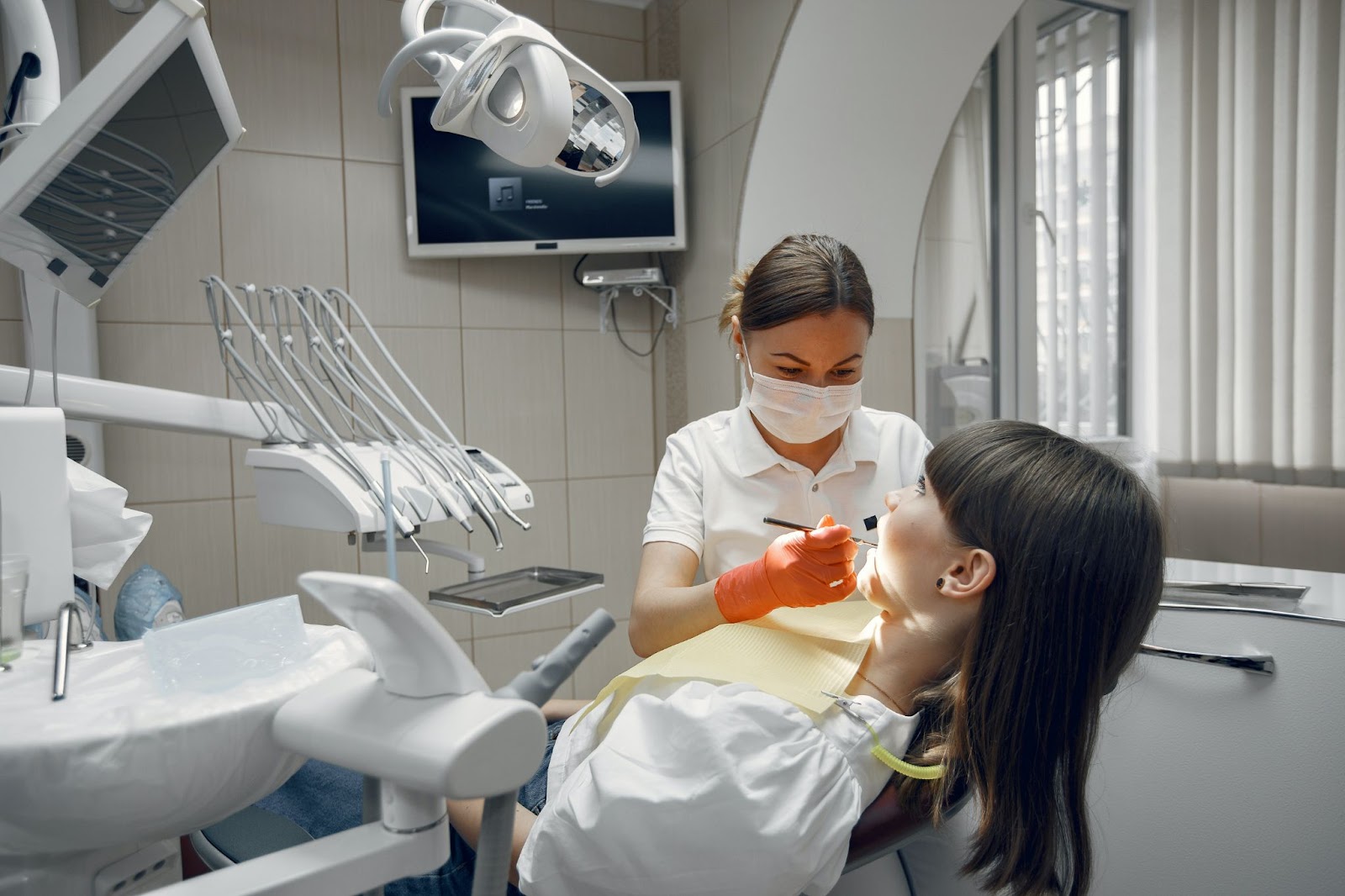Cracks in Teeth: Should I Be Worried?

Daily oral hygiene is of utmost importance for a healthy and efficient working set of teeth and gums. Sometimes, you may experience various teeth issues like cavities and hairline fractures despite regular brushing and flossing. If you feel a sudden and sharp pain when biting into a tasty snack of fruit, it could be a sign of a hairline crack in your tooth. There are various types of hairline teeth cracks that can occur owing to different factors. It’s essential to know the signs to spot these cracks so that timely treatment can resolve the issue before it gets worse.
A dentist can check for cracks with a visual examination, x rays and a special bite tool to determine which part of the tooth has a crack. .
What Causes a Tooth to Crack?
- The older you get, the more prone you are to getting cracks in teeth as the teeth have been subject to more wear and tear.
- Pressure from clenching your jaws and grinding your teeth.
- Injuries in your mouth. For example, an accidental blow to your jaw.
- Biting down firmly on hard foods such as nuts, candy, or ice.
- Uneven chewing of food.
- Tooth getting brittle following a root canal.
- Large fillings or repeated filling procedures, leading to loss of your tooth structure.
What Are Hairline Fractures?
A hairline fracture refers to a tiny crack that could appear in your tooth. Cracks may be so tiny that they are not immediately detected. However, these are common occurrences though the severity levels can vary. Four common hairline fractures are briefly discussed below.
- Craze Line: Your tooth enamel may have very fine cracks which are painless and may not warrant any professional treatment.
- Vertical Crack: These types of cracks are seen to run from top to bottom on a tooth. If picked up early enough, your dentist can likely save your tooth if the crack doesn’t extend beyond the gum line. If, however, it extends beyond your gum line, there could be a need for extraction.
- Split Tooth: A split tooth is when your tooth has fully separated into at least two parts. It’s usually impossible to save the tooth if there’s a large crack present.
- Fractured Cusp: Another relatively painless crack is the broken cusp. It occurs around fillings and doesn’t usually touch the tooth’s pulp.
What Are the Signs That Your Tooth Is Cracked?
- Heightened sensitivity to extreme temperatures. For instance, experiencing sensitivity to hot or cold meals or drinks. You could also be sensitive to sticky, sour, or sweet foods. If you note these changes when you previously did not have sensitivity, you should schedule a dental visit.
- An erratic toothache when biting or chewing your food. This pain can be noted with certain foods, when you release your bite, or when you bite your food in a particular manner.
- Sporadic pain, which comes and goes for apparently no reason. Non-chronic tooth pain without signs of decay or a hole at the tooth surface may point to a possible crack. If you are experiencing dental pain, you should make an immediate appointment.
- A tiny swelling on your gum line may signify an infection surrounding the area of your affected tooth.
What Are the Crack Tooth Treatment Options?
- Crown: If a hairline crack is picked up early enough before the crack extends to the nerve, the dentist may recommend a crown. This is a porcelain or metal covering that’s put over your affected tooth. It acts like a helmet that grips everything together, protecting the tooth from further damage.
- Root Canal: If the crack is left for too long, the crack will extend further until it reaches the nerve of the tooth. This results in the nerve becoming infected causing a severe tooth ache. At this stage, a Root Canal Treatment will be required to clear up the infection before a crown can be put on.
Summary
A hairline crack or a fracture on your tooth is known as cracked tooth syndrome (CTS). The severity of the crack can vary. It can start off small and painless, but progress to the point that it leads to the tooth splitting in 2. Treatment options depend on factors like the size of the crack and its severity level. These factors will also include whether it extends to your gum line and its location in your mouth. Small cracks may not require any treatment. . However, your dentist may recommend a crown, root canal, or even extraction if your tooth is more severely damaged. It’s best to visit a dentist if you feel anything amiss in your mouth.
Book your consultation with our friendly team of dentists today to check the health of your teeth and gums.

